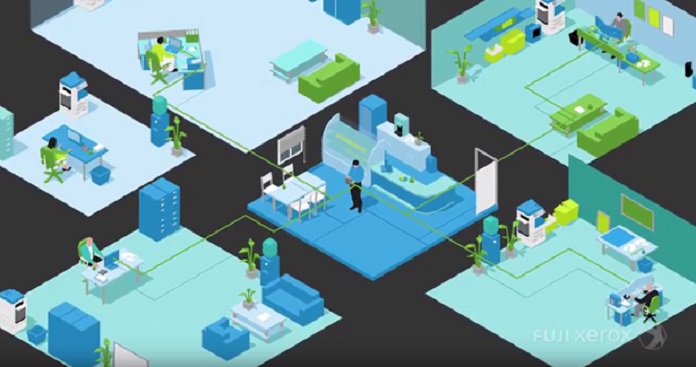
Digitising document workflows is a key facet of any digital transformation strategy. Besides helping employees become more productive by reducing menial tasks, it also speeds up decision making by unlocking the data that would otherwise be tightly-coupled in paper documents.
While the benefits of digitising workflows are clear, how can organisations go about it, especially if existing business processes may not even be documented in the first place? The answer starts with a workflow assessment plan, which should cover three main phases: mapping processes, identifying bottlenecks and optimising workflows.
Mapping Processes
This may be time-consuming and tedious, but it’s a critical step in any workflow assessment plan. When mapping processes, such as order-to-delivery or customer onboarding, be sure to include all business flows for a given task or group of tasks, as well as the people, departments and information involved in each stage of the process. This will enable organisations to form a process map that can be used as a baseline to compare any future improvements with the current state of affairs because of digitisation. Process mapping can be done with a plethora of software modelling tools that are available separately or as part of business process management software.
Identifying Bottlenecks
With a process map, it’s easier for organisations to identify process bottlenecks. In general, bottlenecks can be short term, say, when key employees are on leave, or long term, when paper-based approvals are taking too long, hampering a company’s ability to respond to market demands. When identifying bottlenecks, look out for common indicators such as backlogs, waiting times that are longer than what customers are willing to bear, and higher stress levels in the workplace.
Optimising Workflows
Once the bottlenecks have been surfaced, the next step would be to nip the problem in the bud by optimising workflows. Consolidating resources and redesigning job roles may help to get over the road bumps to some extent. But for many companies, especially small and medium-sized firms, digitising and automating paper-based processes is usually the first step towards optimising workflows, since paper is such a big part of many business processes.
With web-based imaging and document management platforms and multifunction devices (MFDs) , companies can now digitise physical documents, and push them through digital workflows. They can also connect with business applications, letting organisations orchestrate workflows, such as scanning and extract data from physical forms, before routing that data to the right employee within the organisation. And with data encryption technologies, these workflows can also be centrally managed and controlled in a secure manner. Having the ability to extract data from paper documents is not only a boon to employee productivity, but it also has the potential to delight customers who can have their issues resolved much faster than before.
Source: Fujifilm Australia
